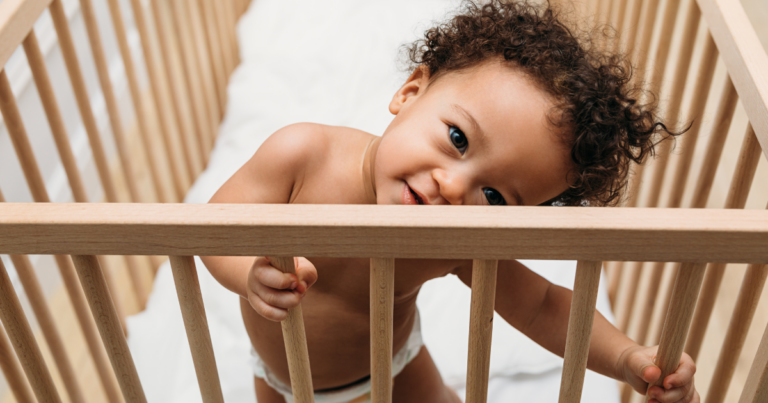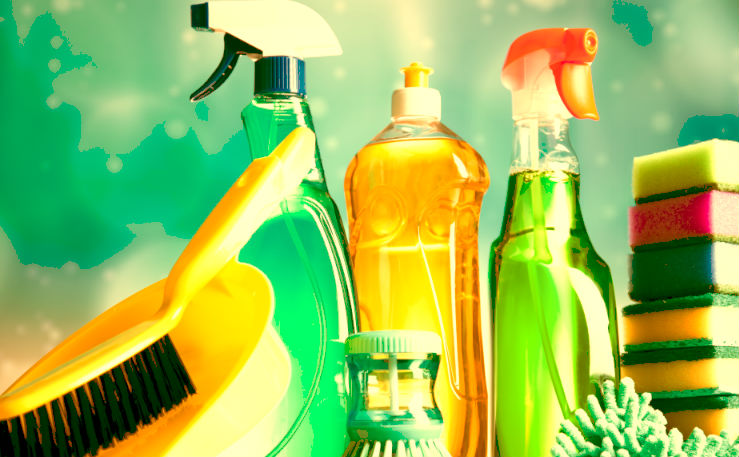Tag
Healthy Choices

The US Consumer Product Safety Commission is warning consumers, especially pregnant women and young children, to avoid kids’ products, electronics, mattresses, and home furniture that contain certain toxic flame retardants, known as organohalogens.

Read about choosing safer mattresses and changing pads.

Gearing up for a newborn? We’ve got tips for safer baby products and essentials that will help you navigate the must-haves with an eye toward healthier products for your little one.

Common ingredients such as baking soda and liquid soap can be used for a host of jobs around the house. Try these recipes as alternatives to hazardous cleaning products!

Toys should inspire imagination, creativity, and fun! However, inadequate protections for products mean that toys, even those made for very small children, can contain hazardous chemicals and plastics.

Finding great childcare requires a bit of detective work and delicate balancing as parents weigh priorities. Consider placing environmental health near the top of your checklist to minimize children’s exposure to harmful chemicals. Here are ten questions to ask.

Families with college-age kids are checking off their Dorm Essentials lists and packing up the car for that iconic family event – College Move-In Day. Here are some tips to reduce your college student’s exposure to toxic chemicals in their new digs and making a healthy college dorm room for them.

A recent report that some crayons contain cancer-causing asbestos is a good reminder that not all art supplies are healthy choices for kids. But by following a few simple tips and choosing art supplies carefully, it’s easy to keep your kids’ artistic endeavors healthy and fun!

Vacuuming is not just for keeping up appearances! It’s actually an easy way to reduce unnecessary chemical exposure and common allergens in your home. Household dust contains many ingredients – some you’d expect, like pet dander, tracked-in soil, and dust mites. However, industrial chemicals like flame retardants, pesticides and heavy metals are also lurking in dust bunnies.

Mold is a living organism, requiring food and water and releasing thousands of tiny mold spores into the air to reproduce. All good and part of the natural order of life, until those microscopic spores enter our homes and grow indoors.
